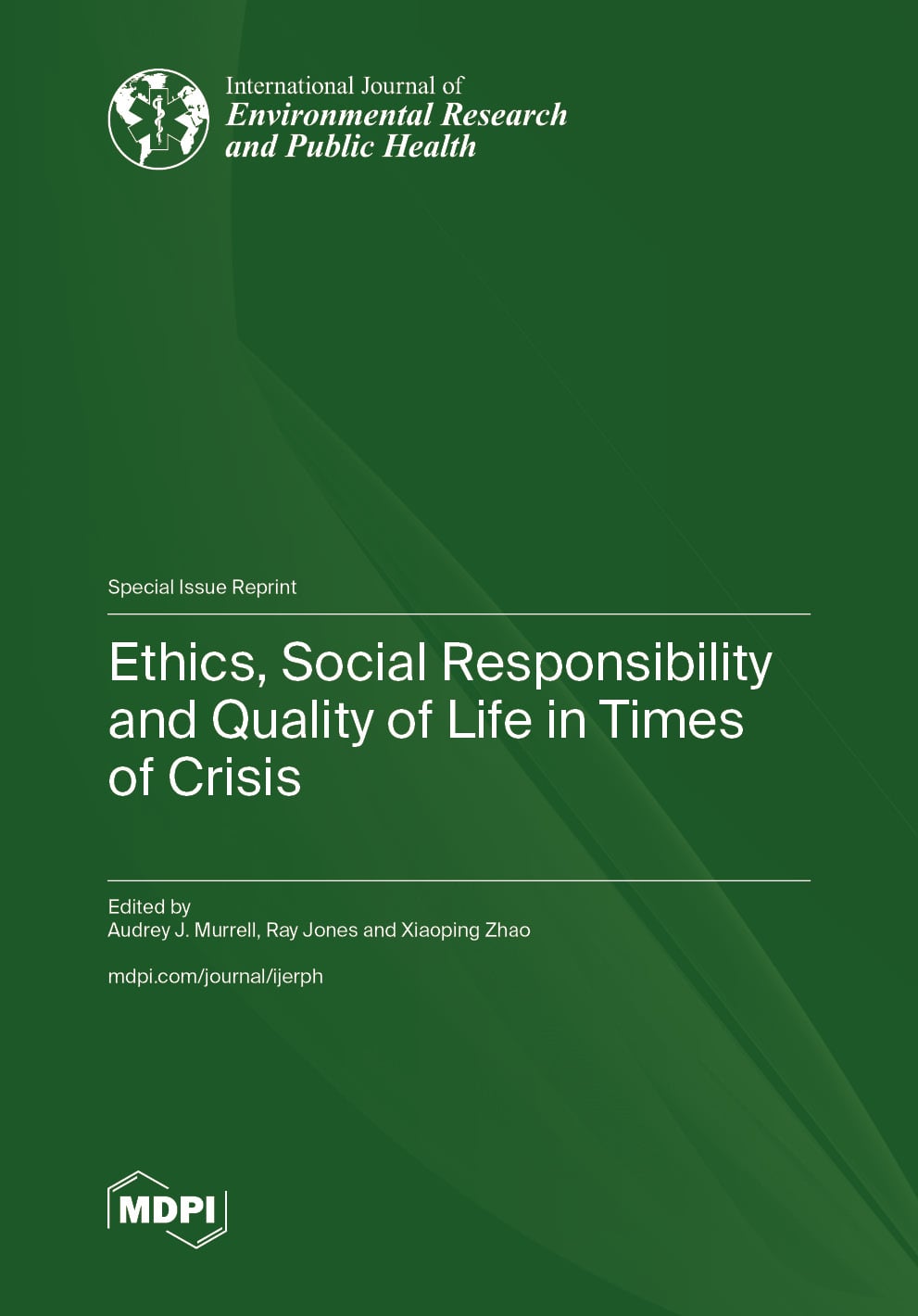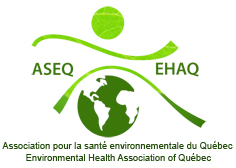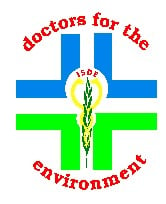- 8.5CiteScore
- 28 daysTime to First Decision
International Journal of Environmental Research and Public Health
International Journal of Environmental Research and Public Health (IJERPH) is a transdisciplinary, peer-reviewed, open access journal that covers global health, healthcare sciences, behavioral and mental health, infectious diseases, chronic diseases and disease prevention, exercise and health related quality of life, environmental health and environmental sciences, and is published monthly online by MDPI.
The International Society Doctors for the Environment (ISDE), Italian Society of Environmental Medicine (SIMA) and Environmental Health Association of Québec (ASEQ‑EHAQ) are affiliated with IJERPH and their members receive discounts on the article processing charges.
All Articles
News & Conferences
Issues
Open for Submission
Editor's Choice
Reprints of Collections

Reprint
Public Health Consequences of Social Isolation and Loneliness
Editors: Ami Rokach, David Berman

Reprint
Ethics, Social Responsibility and Quality of Life in Times of Crisis
Editors: Audrey J. Murrell, Ray Jones, Xiaoping Zhao




